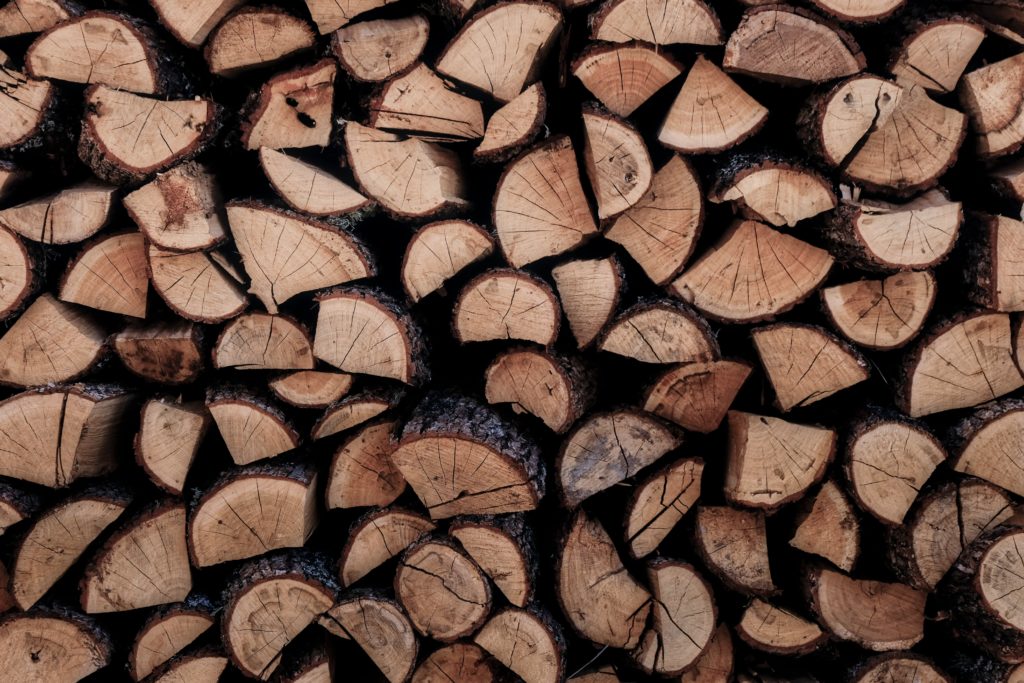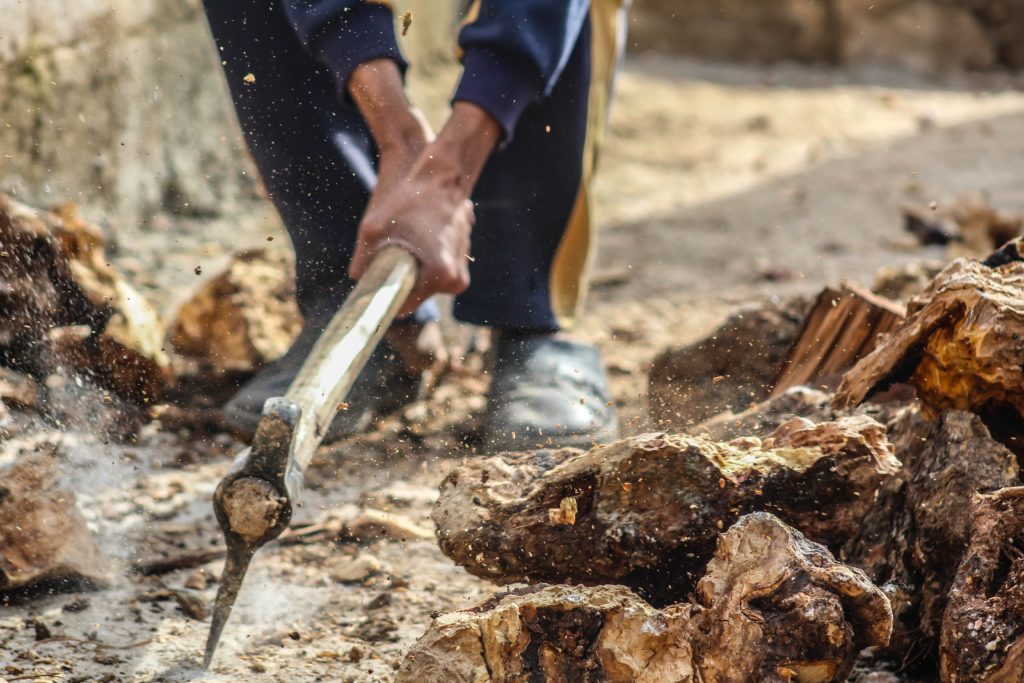Firewood is essential during winter times or when you want to have a campfire. When sourcing for this wood, you need to understand, among other things, how it is measured.
A cord of wood is is a type of measurement you use when buying or selling wood in America or Canada. A cord means that when pieces of wood are racked and well stowed in an area, they occupy a volume of 128 cubic feet. You can stack them in any linear measurement to achieve this volume.
Now that you know the measurement, it is vital that you understand how much a cord of wood weighs. For beginners, not all wood weighs the same, and you need to know how much the type of wood you want to buy weighs so you can plan how to transport and store it.
To understand how much your cord of wood weighs, you can consider these factors you should keep in mind.
Contents
Factors That Affect the Weight of a Cord of Wood
1. The moisture content in your wood
The first thing that determines the weight of your cord of wood is how much moisture the wood contains. There are two ways you can determine how dry your wood is;
- Fresh wood or green wood. This type of wood will be freshly cut, thus containing a lot of moisture that was keeping the tree alive. Naturally, this type of wood is going to be heavier because of the moisture content. If you intend to buy a fresh cord of wood, you should also plan to transport it on several trips as it will be too heavy for your track to carry once. This wood will also not be ready to burn, especially indoors, as it will emit dangerous acid water vapor.
- Seasoned wood. In simple terms, seasoned firewood is wood whose moisture content has reduced by at least 30% since the tree was fell. Due to the reduced moisture content, this type of wood is less heavy and ready to use. It is also easier to transport in a pick-up truck.
When buying wood, you need to understand how seasoned it is since it directly affects the wood's weight and immediate usefulness.
2. Type of wood
Your type of wood is another factor that determines the weight of a full cord. Different trees produce different weights of split firewood.
Trees are either classified as hardwoods or softwoods. Hardwood is known to be relatively heavier than softwood but also produces firewood that lasts longer. Below is a rough firewood measure of different tree species to help you understand the approximate weight of a cord.
a) Oakwood
Oakwood is arguably the most common type of wood worldwide owing to its versatility and good smell.
If you are looking to buy a cord of oak wood, the following are rough estimates of the four most famous species in the family.
- Bur Oak. When green, a cord of bur oak can weigh as much as 4970 lbs. While seasoned, a cord of bur oak can weigh 3770lbs.
- Pink oak and red oak. Red and pink oaks are some of the lightest oak woods. When green, a cord of each can weigh 4890 lbs and 3530 lbs when fully seasoned.
- White oak. Easily the heaviest oak wood, the white oak can weigh as much as 5580lbs when green and also as much as 4210 lbs when fully seasoned.
Since it is hardwood, Oak wood is an excellent addition to any home because the firewood will last longer durations than other types of firewood. However, as you have noticed from the weight above, it can be one of the most difficult to transport woods. Suffice to say, a pickup truck may not be enough to transport one cord of oak wood.
b) Pinewood
Unlike oak wood, pine is a soft wood, making it relatively lighter. The following are rough estimates of 3 types of pine wood you can buy;
- Eastern white pine. This tree is the lightest in the group, weighing around 2790lbs when green. When it fully seasons, it sheds around 500lbs to weigh roughly about 2250 lbs. It is one of the easiest to transport cord of wood.
- Ponderosa pine. When green, this is the heaviest pine, but it also sheds most water as it seasons. Freshly cut, a cord of this wood can weigh up to 3610lbs and then 2340lbs once it dries.
- Jack pine. When green, this wood can weigh up to 3205 lbs and then shed its moisture content to roughly about 2490lbbs.
c) Silver maple
You may want to buy the wood if you don't want a lot of smoke. While this wood doesn't produce much smoke, it produces decent heat that is ideal for most families. When green, a cord of silver maple can weigh up to 3910lbs and then shed o 2760 lbs when it dries.
d) Paper Birch
While it is the best birch tree to burn as it has quite a pleasant smell, this wood is among the heaviest to transport.
When green, it can weigh over 4300lbs, and after full seasoning, it can weigh as much as 3000lbs.
e) Bitternut Hickory
All hickory trees are hardwoods, meaning they are some of the heaviest trees. The bitternut species weighs around5040lbs when green and 3840 as a fully seasoned cord.
3. The size of wood
The size of the wood in a cord also affects the total weight of a cord of wood dramatically. While a cord often measures 4 feet wide, 4 feet high, and 8 feet long with a volume of 128 cubic meters, the wood therein can be of any shape and size.
Ideally, if you want to get the best of a cord of wood, you would need to avoid wood logs and buy split firewood instead. Logs of wood will leave lots of spaces between them to fill the volume, and additionally, you would require extra labor to split the firewood into your desired shapes and length.
How much does a cord of wood weigh?
A cord of wood's weight is dependent on the size of wood, type of wood, and moisture content. However, you can approximate your cord of wood to weigh in between the following weights;
- Green wood. A cord of green wood can weigh anywhere between 2500lbs to 6000lbs.
- Seasoned or dry wood. A cord of well-dried firewood can weigh anywhere between 1900lbs to 4500lbs.
To figure out how heavy your cord of wood is, you can estimate how seasoned the wood is, as well as what type of species the tree is.
Knowing the approximate weight of your wood will help you make necessary arrangements for transport and storage.





